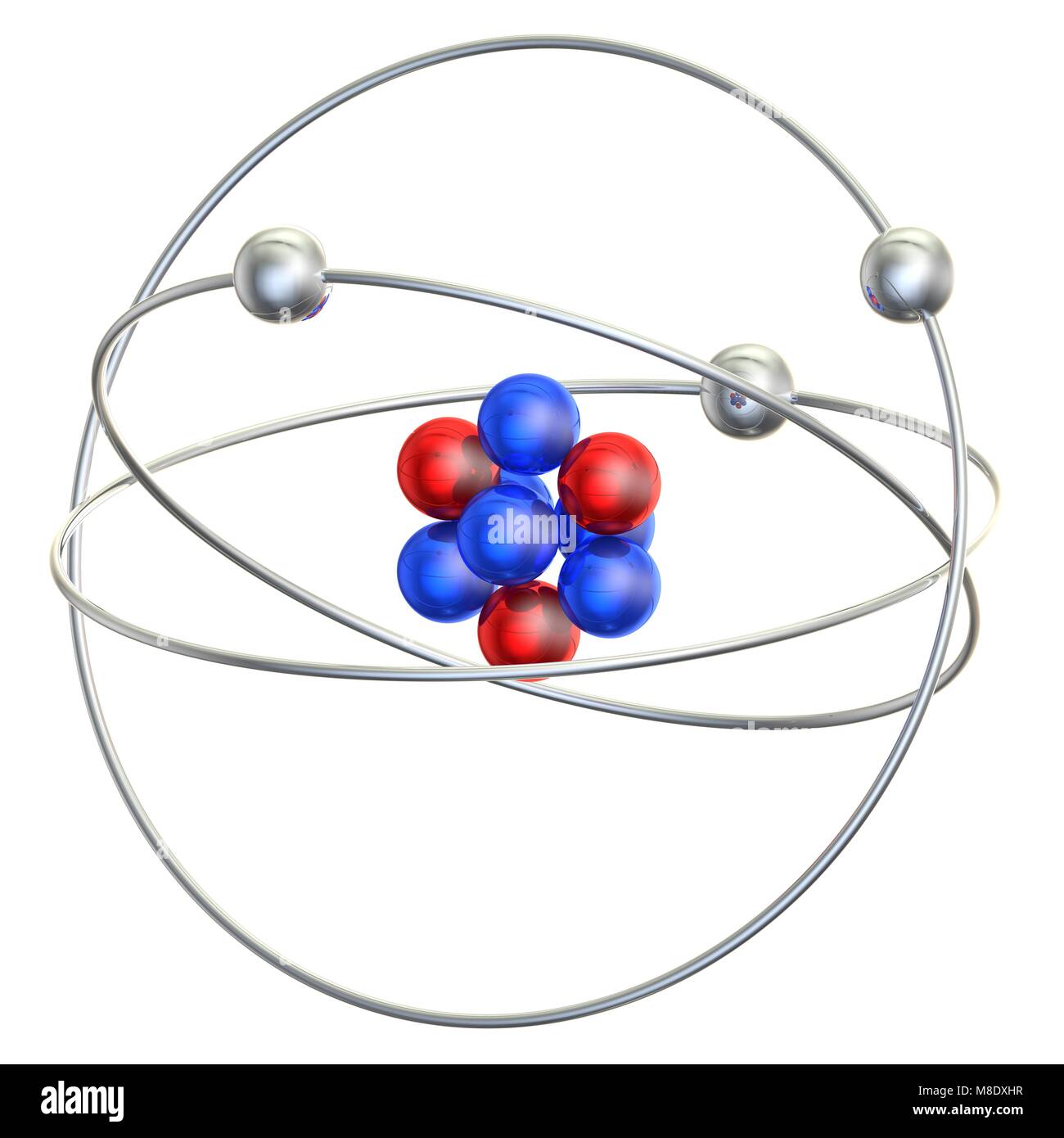

This procedure is called the Aufbau principle, from the German word Aufbau (“to build up”). Beginning with hydrogen, and continuing across the periods of the periodic table, we add one proton at a time to the nucleus and one electron to the proper subshell until we have described the electron configurations of all the elements. To determine the electron configuration (electron filling order) for any particular atom, we can “build” the structures in the order of atomic numbers. Figure 10.5b The diagram of an Electron Configuration for Hydrogen: The diagram of an electron configuration specifies the subshell ( n and l value, with letter symbol) and superscript number of electrons (credit: Chemistry (OpenStax), CC BY 4.0). The notation 3 d 8 (read “three–d–eight”) indicates eight electrons in the d subshell (i.e., l = 2) of the principal shell for which n = 3.

The arrangement of electrons in the orbitals of an atom is commonly represented using two methods: orbital diagrams and electron configurations of an atom. We will discuss methods for remembering the observed order. For small orbitals (1 s through 3 p), the increase in energy due to n is more significant than the increase due to l however, for larger orbitals the two trends are comparable and cannot be simply predicted. Electrons in orbitals that experience more shielding are less stabilized and thus higher in energy. Electrons that are closer to the nucleus slightly repel electrons that are farther out, offsetting the more dominant electron–nucleus attractions slightly (recall that all electrons have −1 charges, but nuclei have + Z charges). In any atom with two or more electrons, the repulsion between the electrons makes energies of subshells with different values of l differ so that the energy of the orbitals increases within a shell in the order s p > d > f. The energy of atomic orbitals increases as the principal quantum number, n, increases. The specific arrangement of electrons in orbitals of an atom determines many of the chemical properties of that atom. This allows us to determine which orbitals are occupied by electrons in each atom. Having introduced the basics of atomic structure and quantum mechanics, we can use our understanding of quantum numbers to determine how atomic orbitals relate to one another. Relate electron configurations to element classifications in the periodic table.

Identify and explain exceptions to predicted electron configurations for atoms and ions.Derive the predicted ground-state electron configurations of atoms.By the end of this section, you will be able to:


 0 kommentar(er)
0 kommentar(er)
